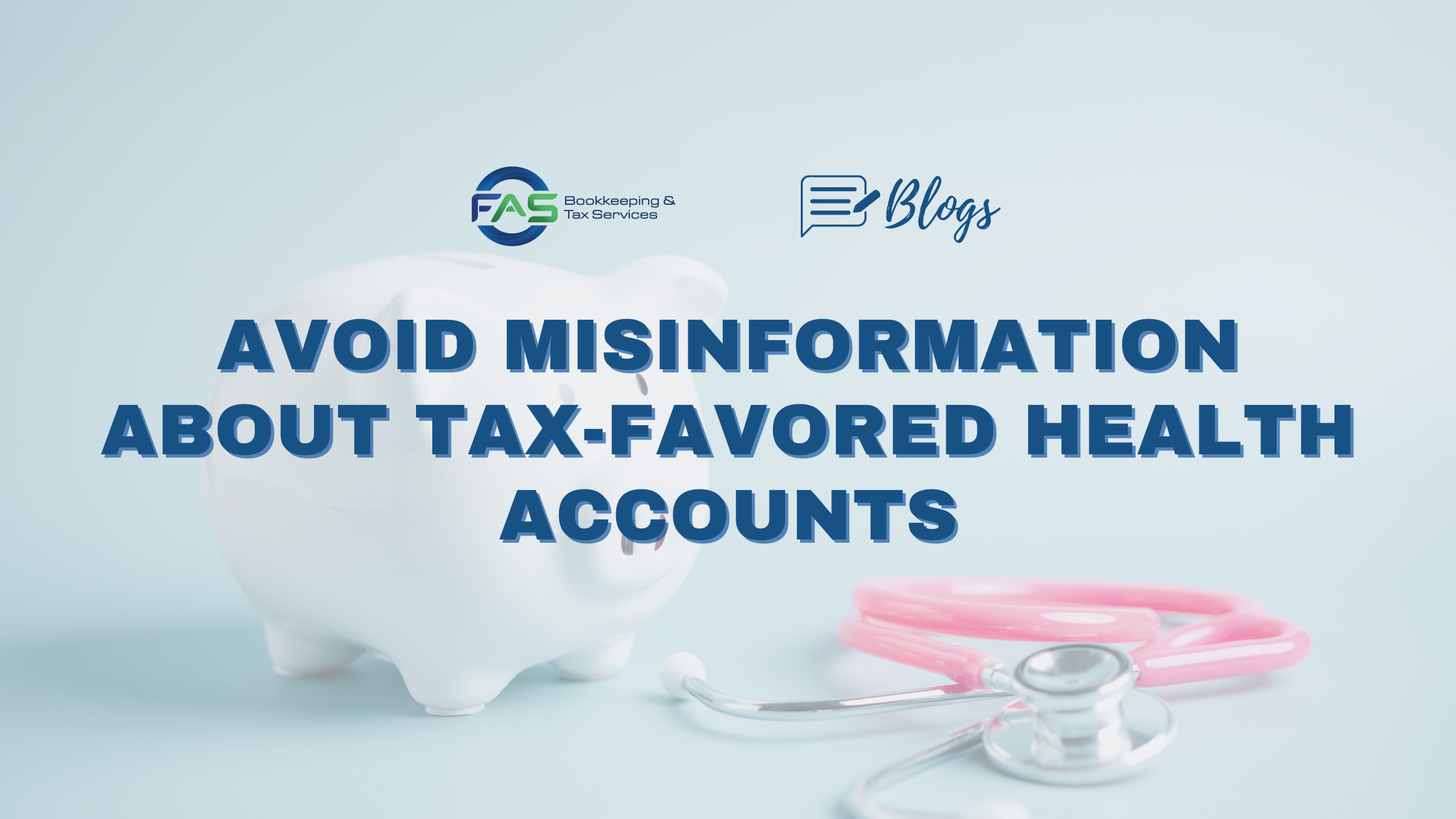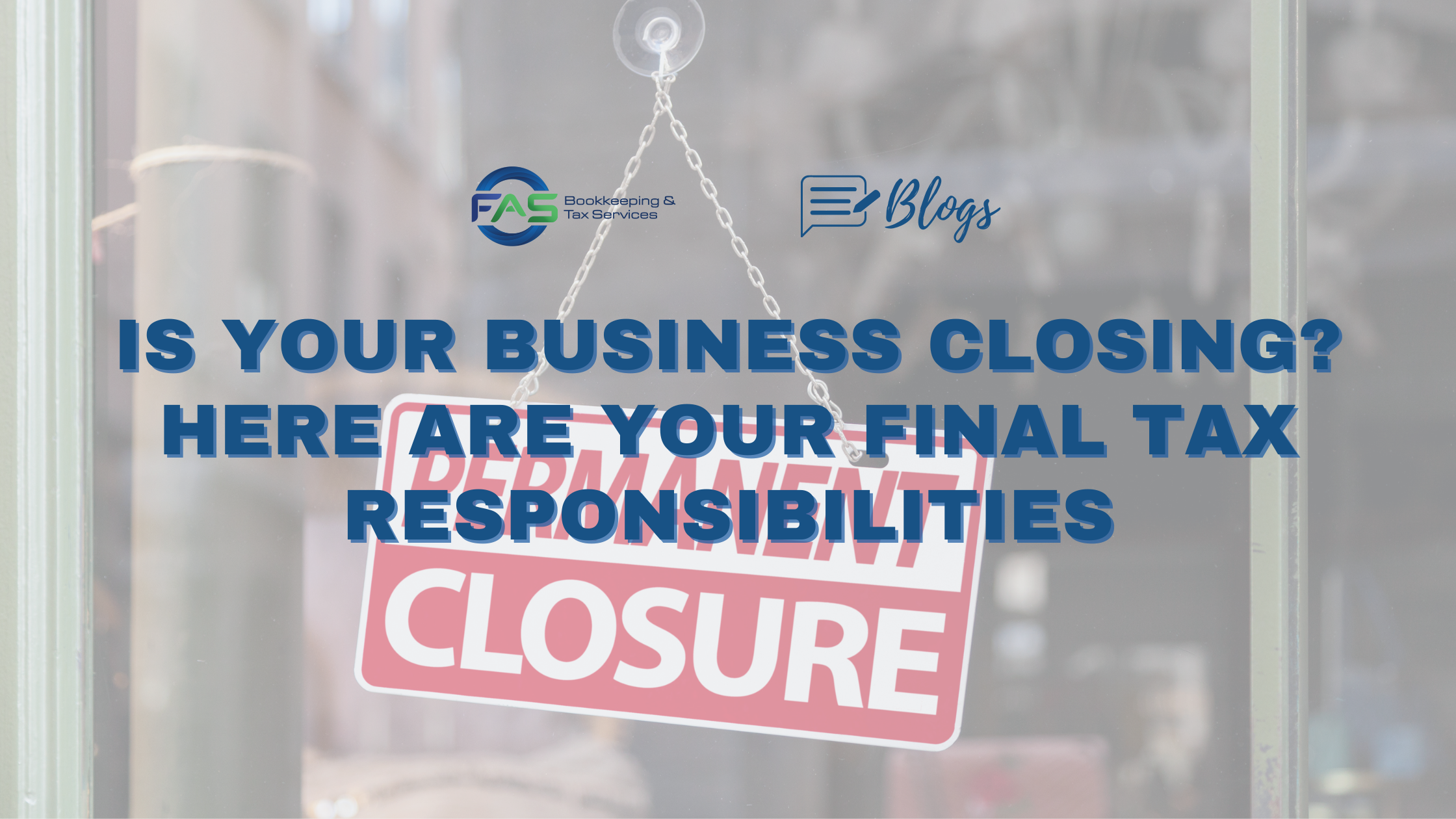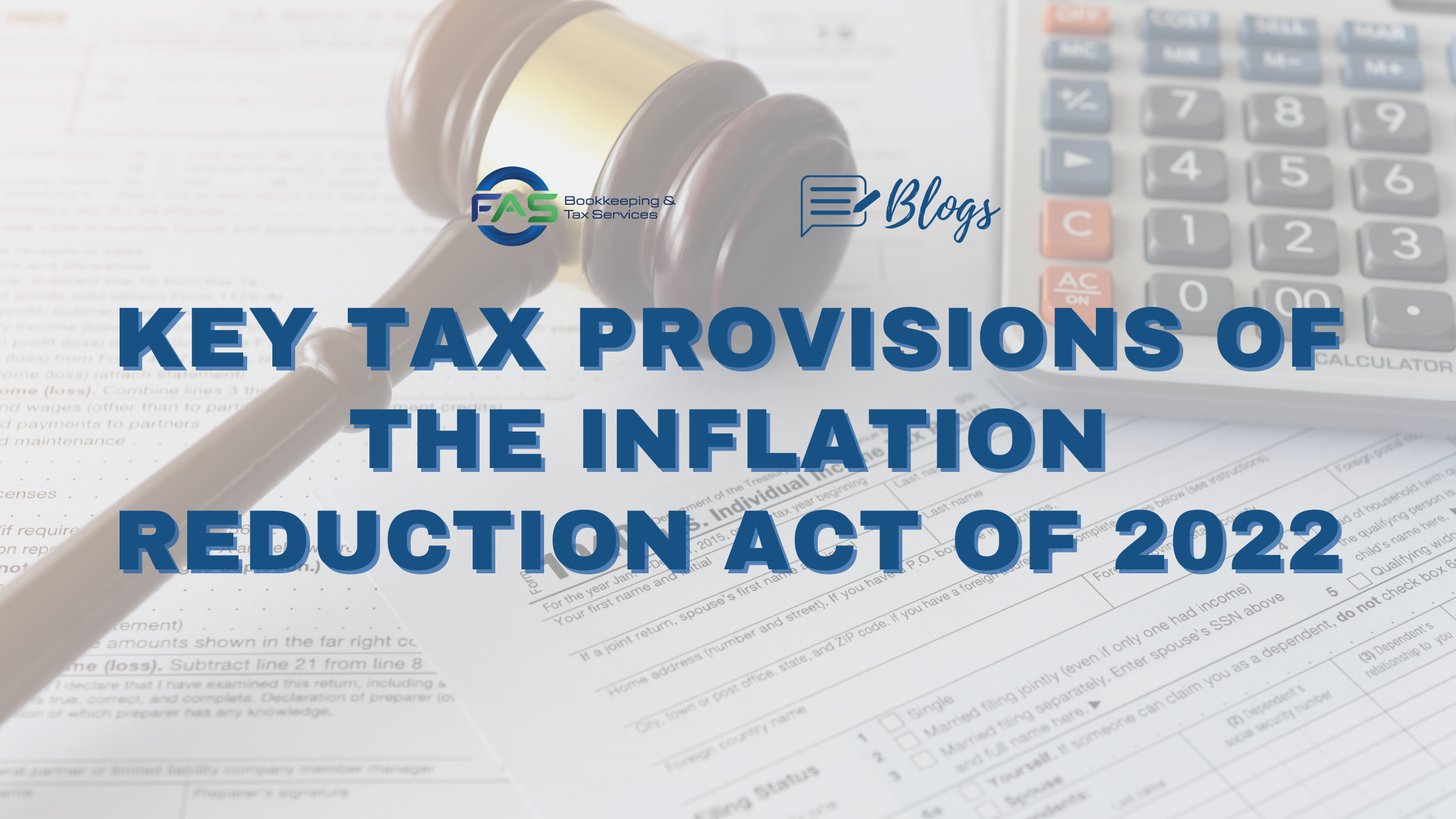Key Tax Provisions of the Inflation Reduction Act of 2022
On August 2022, the US President signed into law what would become known as the Inflation Reduction Act (IRA), which would change taxes for businesses, individuals, the clean energy industry, healthcare, and more. Let’s take a look:
Businesses
Sec. 461(l) Business Loss Limitation. Tax reform introduced the pass-through tax deduction for small business owners (sole proprietorships, some LLCs, partnerships, and S-corporations) (TCJA of 2017). The tax break prohibited individuals from using no more than $250,000 of business losses to offset nonbusiness income. It was extended to 2028 for tax years 2021-2026.
Research Credit Against Payroll Taxes. The Sec. 41(h) research credit against payroll tax for small firms increases from $250,000 to $500,000 after 2022. First $250,000 of the credit limit goes toward FICA payroll tax. The second $250,000 applies to employer Medicare payroll tax liability.
Corporate Alternative Minimum Tax. The corporate AMT removed by tax reform in 2017 has been reinstated but is based on book income, not taxable income. This new corporate AMT of 15% applies only to large firms with a three-year average adjusted financial statement income over $1 billion.
Nondeductible 1% Excise Tax on Corporate Stock Repurchases. After 2022, corporate stock repurchases will be taxed 1%. The tax is paid on the stock’s FMV, although it doesn’t apply if $1 million or less is repurchased in a tax year. It doesn’t apply if repurchased stock is contributed to an employer-sponsored retirement plan, employee stock ownership plan, or reorganization in which the shareholder sees no gain or loss.
Healthcare
Affordable Care Act Premium Tax Credits. For high-income taxpayers, the premium tax credit is extended through 2025.
IRS Funding
$80 billion is allotted to fund IRS activities such as taxpayer services, enforcement against high-earner and corporate tax evasion, operations, and business system modernization. The IRS says it won’t use the extra money to audit small firms or middle-income Americans.
Clean Energy
Clean Vehicle Tax Credits. In addition to extending the clean car tax credit through 2032, a new credit for previously owned clean vehicles was added. After August 16, 2022, the tax credit is generally only available for new clean vehicles assembled in North America (the “final assembly requirement”). Taxpayers should enter the vehicle’s 17-character VIN into the NHTSA’s VIN Decoder tool to ascertain final assembly. They can see the vehicle’s “Plant Information” field.
Buyers who signed a binding contract to purchase a qualifying clean car before August 16, 2022, but did not take possession until after that date, must follow pre-existing restrictions.
Clean Energy Credits for Individuals. Nonbusiness energy property credit extended through 2032 as energy-efficient home improvement credit. It’s now 30% of the sum of the taxpayer’s energy-efficient improvement costs, residential energy property costs, and home energy audit costs.
In previous years, the credit was 10% of the amount paid or incurred for eligible energy-efficiency improvements plus the taxpayer’s residential energy property expenditures.
The Sec. 25D home energy-efficient property credit was renamed and prolonged through 2034. The new energy-efficient house credit under Section 45L has been extended to 2032.
Clean Energy Credits for Manufacturing. Several new credits have been created: Sec. 45Y encourages clean power production at certified facilities with zero greenhouse gas emissions after Dec. 31, 2024. Sec. 45X promotes US production of photovoltaic cells, solar, and wind components. Section 48C Manufacturers’ Tax Credit expands to $10 billion in 2023. 30% of the money invested in new or modified factories to create renewable energy components is tax-deductible.
Energy Credits for Businesses. In the Inflation Reduction Act, several business energy credits were created, extended, or modified, including a new sustainable aviation fuel credit, the Sec 48 energy credit (extended through 2024 and modified to increase the energy credit for qualified solar and wind facilities placed in service in low-income communities), and the Sec. 45 credit for electricity produced from renewable sources such as geothermal, solar, and wind facilities (extended through 2024).
Help is Just a Phone Call Away
Tax law is always complex, and it pays to speak with a qualified tax professional. Contact us at admin@fas-accountingsolutions.com or at 713-855-8035.





